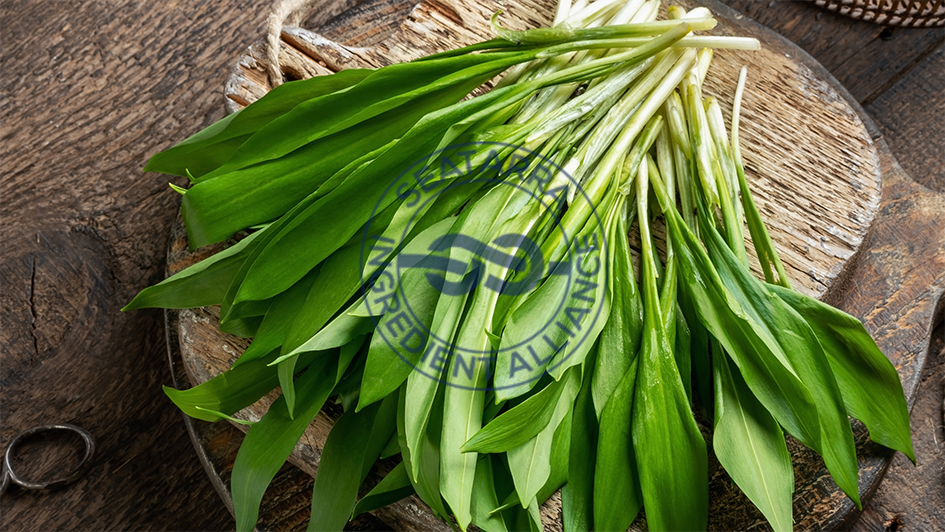
The Forager’s Guide: Identifying and Using Local Medicinal Herbs
Foraging for local medicinal herbs is a rewarding endeavor that connects us with the natural world and our herbal heritage. It allows us to harness the healing powers of the earth to improve our health and well-being. This comprehensive guide offers insights into identifying, harvesting, and utilizing local medicinal herbs safely and sustainably. Whether you’re a novice forager or an experienced herbalist, understanding the basics of medicinal herb foraging can enhance your appreciation for nature’s pharmacy that grows right at our doorsteps.
The Basics of Medicinal Herb Foraging
Foraging for medicinal herbs involves more than just picking plants at random. It requires knowledge, respect for nature, and an understanding of the properties and uses of various herbs. The first step is to familiarize yourself with the local flora and learn which plants may be beneficial for health.
Identifying Medicinal Herbs
1. Educate Yourself with Local Flora
Start by learning about the native plants in your area. Local libraries, universities, or botanical gardens often offer resources and workshops. Field guides and apps like PictureThis and iNaturalist can also help with identification.
2. Connect with Local Foraging Groups or Herbalists
Joining groups or workshops can provide guided, hands-on experience which is invaluable for beginners. Learning from experienced foragers and herbalists not only helps in accurate identification but also teaches sustainable harvesting practices.
3. Observe Legal and Ethical Guidelines
Make sure to forage legally. Get permissions needed for collecting plants from private or protected lands. Always practice ethical foraging by harvesting responsibly to ensure plants can regenerate and continue to thrive.
Top Medicinal Herbs to Forage and Their Uses
Dandelion (Taraxacum officinale)
- Identification: Easily recognized by its bright yellow flowers and jagged leaves.
- Uses: Dandelion roots and leaves can detoxify the liver, aid digestion, and act as a diuretic.
- Preparation: Leaves can be used in salads or teas, while roots are often dried, roasted, and brewed like coffee.
Nettle (Urtica dioica)
- Identification: Stinging nettle has heart-shaped, toothed leaves with fine hairs that can irritate the skin.
- Uses: Rich in nutrients, nettle can treat anemia, relieve arthritis pain, and reduce inflammation.
- Preparation: Nettle leaves are typically blanched to remove stinging hairs and can be cooked like spinach or made into tea.
Plantain (Plantago major)
- Identification: Broad, oval leaves with parallel veins that grow close to the ground.
- Uses: Known for its wound healing properties. It’s anti-inflammatory and can be used for skin irritations and bites.
- Preparation: Fresh leaves can be crushed and applied as a poultice directly to the skin. Dry leaves are used to make infusions or salves.
Yarrow (Achillea millefolium)
- Identification: Features feathery leaves and clusters of small, white flowers.
- Uses: Yarrow is useful for stopping bleeding, healing wounds, and reducing fever.
- Preparation: Leaves and flowers can be used fresh or dried for making tea or tinctures.
Wild Garlic (Allium ursinum)
- Identification: Looks like lily leaves with a distinct garlic smell.
- Uses: Beneficial for heart health, reduces blood pressure, and has antimicrobial properties.
- Preparation: Can be used similar to cultivated garlic in cooking, or leaves can be made into pesto.
Sustainable Foraging Practices
Only Take What You Need
Harvest only as much as you need to avoid wasting resources. Leave plenty of plants behind to ensure the population remains robust and healthy.
Harvest Responsibly
Avoid pulling up whole plants. Instead, take parts like leaves or flowers and allow the plant to continue growing. For roots, ensure there is enough plant population to sustain harvesting.
Spread Knowledge, Not Harm
Educate others about sustainable foraging and the importance of protecting wild plants. Avoid spreading non-native plants that could become invasive and threaten local biodiversity.
Integrating Foraged Herbs into Your Health Regimen
Herbal Teas and Infusions
One of the simplest ways to enjoy the benefits of foraged herbs is to make teas and infusions. This method extracts the medicinal properties and can be enjoyed daily.
Tinctures and Salves
For more concentrated benefits, tinctures and salves can be made from foraged herbs. These preparations are especially useful for topical applications like wounds and skin irritations.
Culinary Uses
Incorporate edible herbs into your diet. Many medicinal herbs can provide flavor and health benefits to everyday dishes.
Conclusion
Foraging for medicinal herbs offers a unique way to connect with nature while enhancing health. By learning to identify and use local plants, you not only contribute to your wellness but also develop a deeper appreciation for the natural world. As you explore the fields and forests, remember to forage with respect and mindfulness, ensuring that these natural resources continue to flourish for generations to come.



